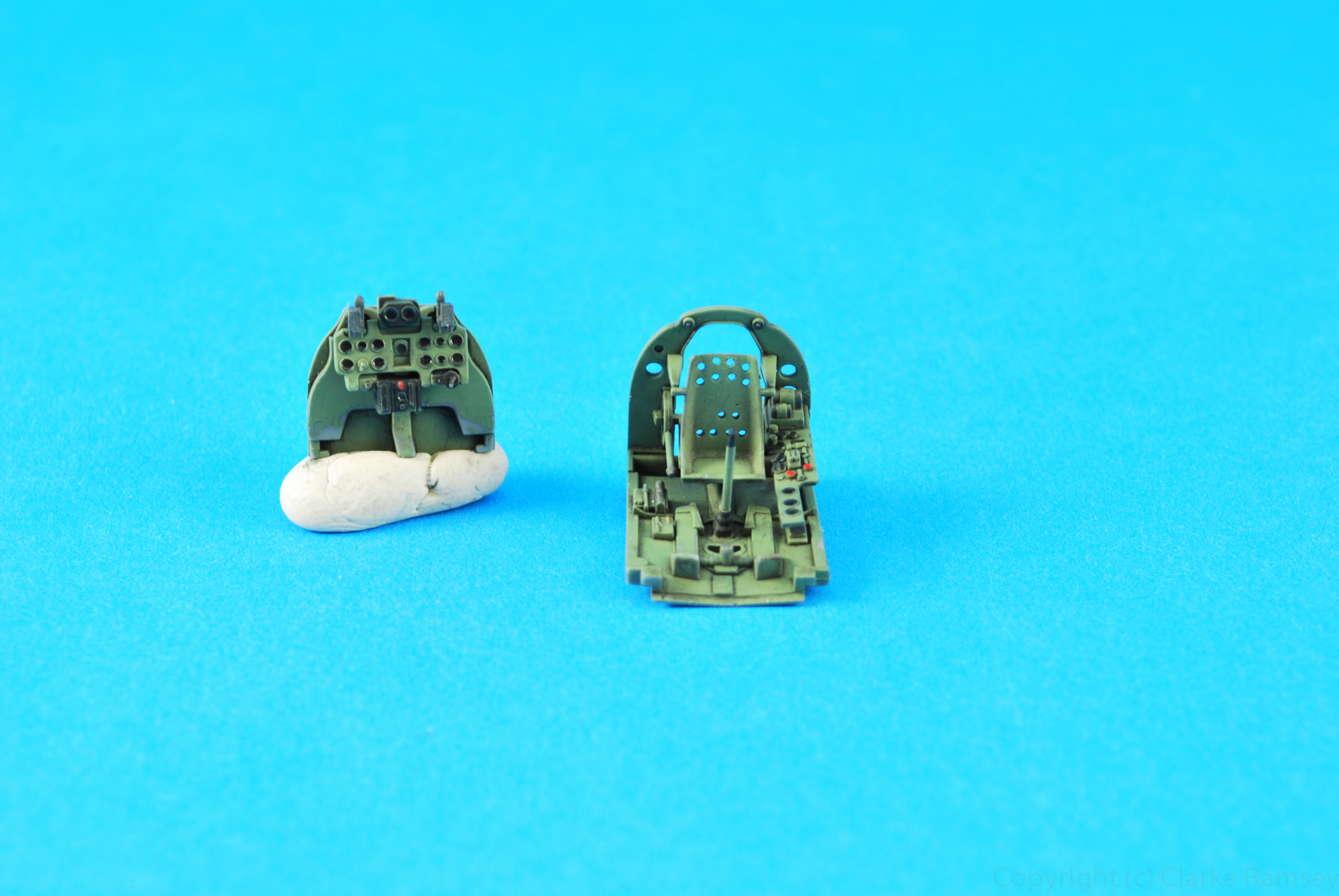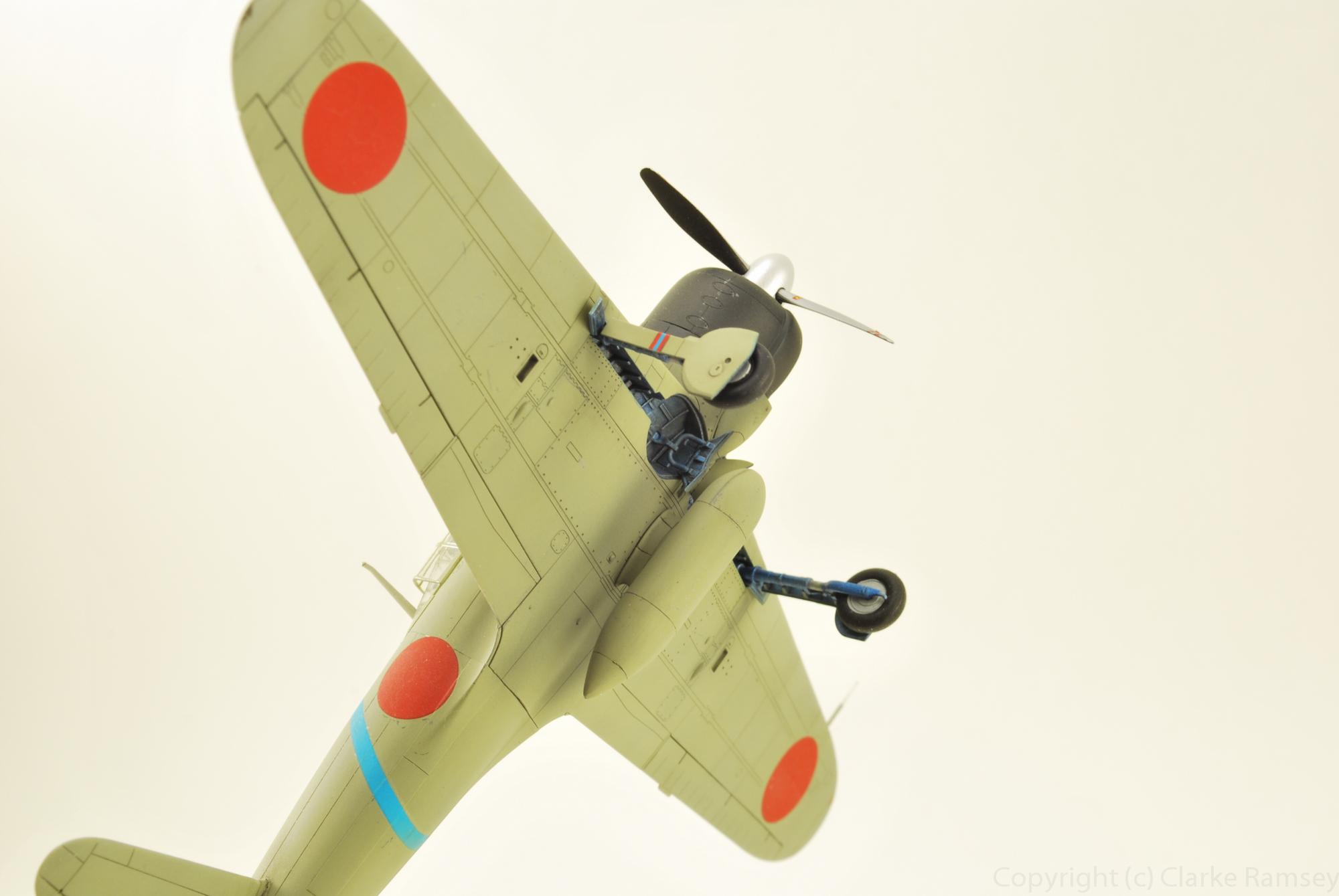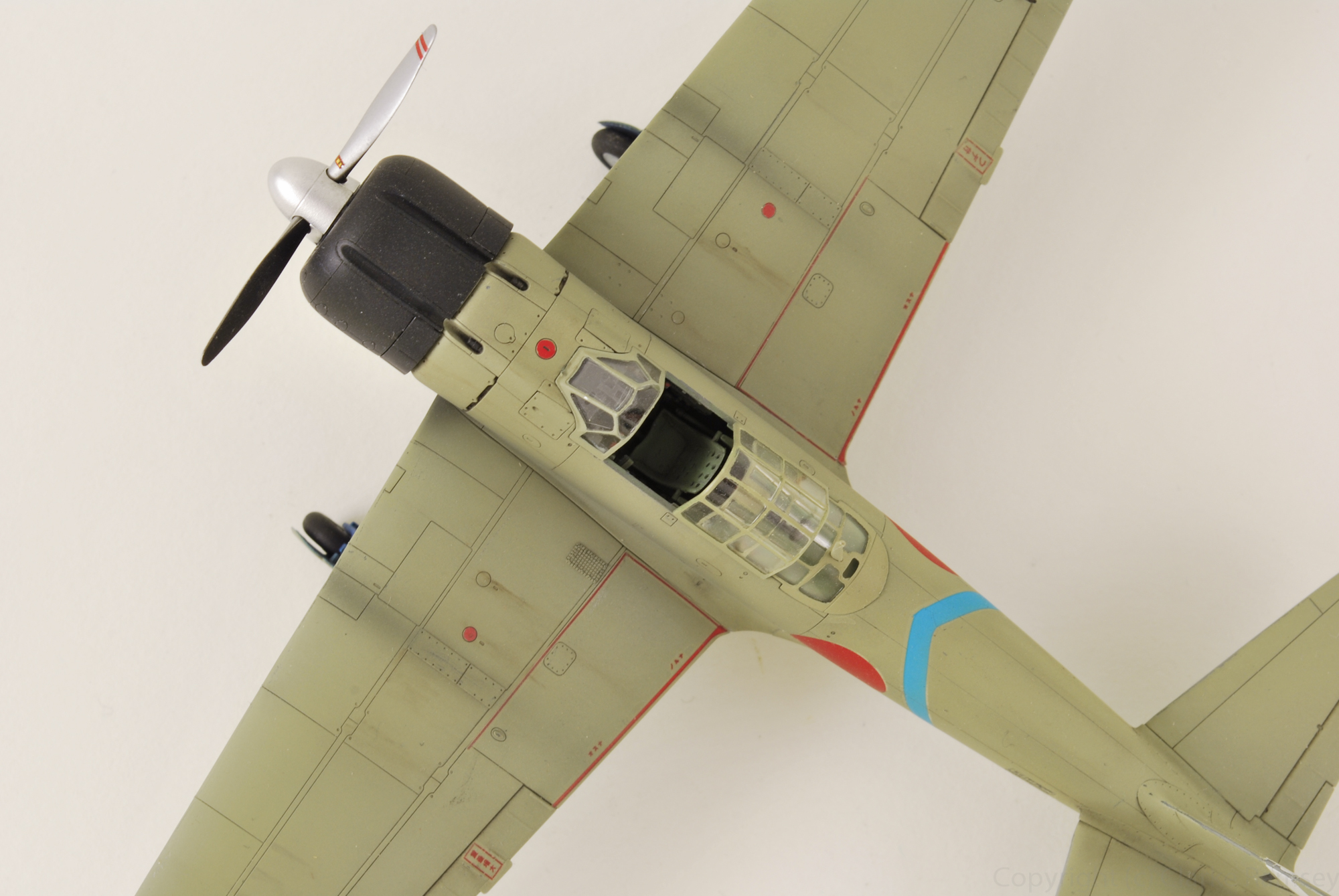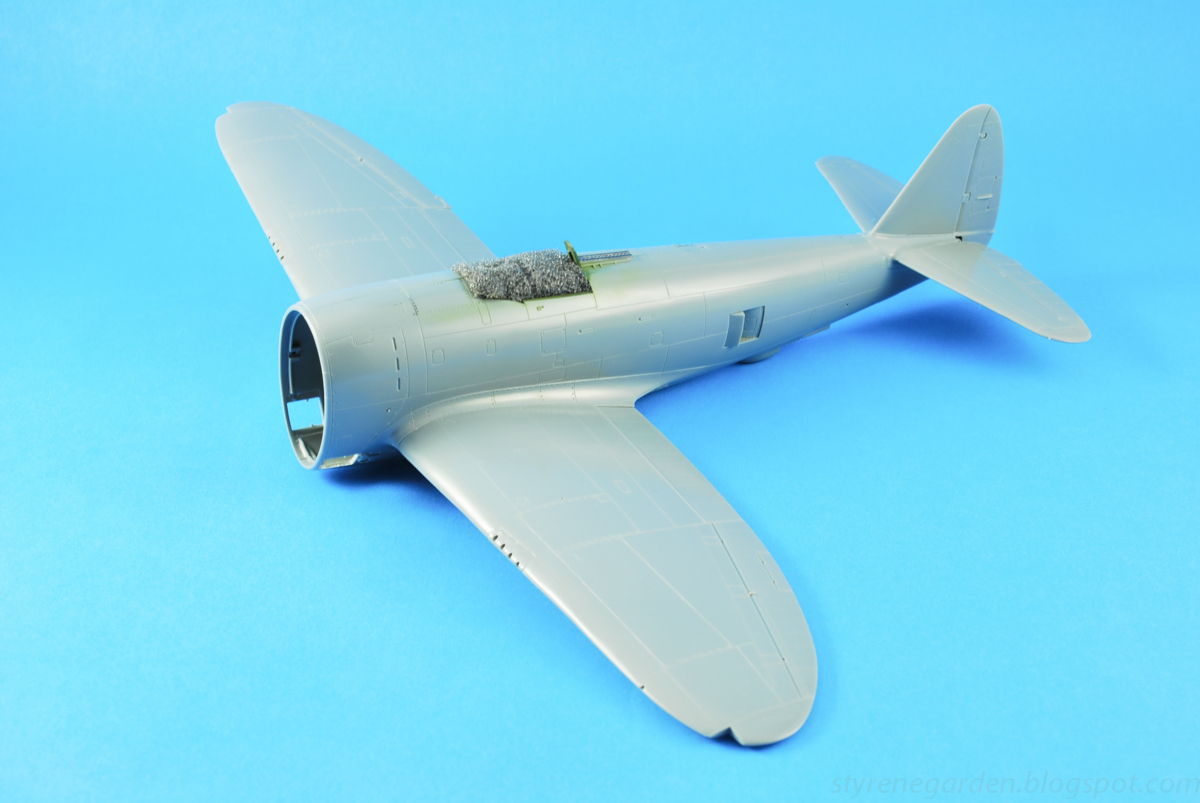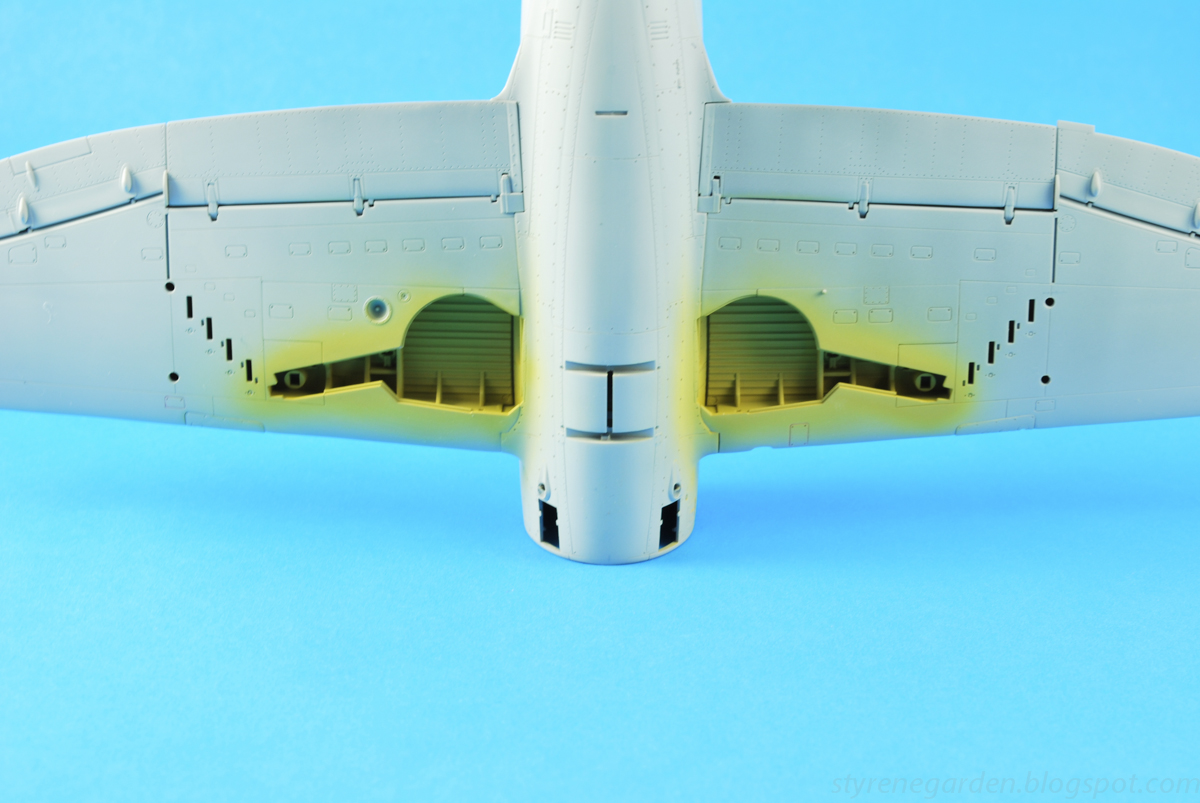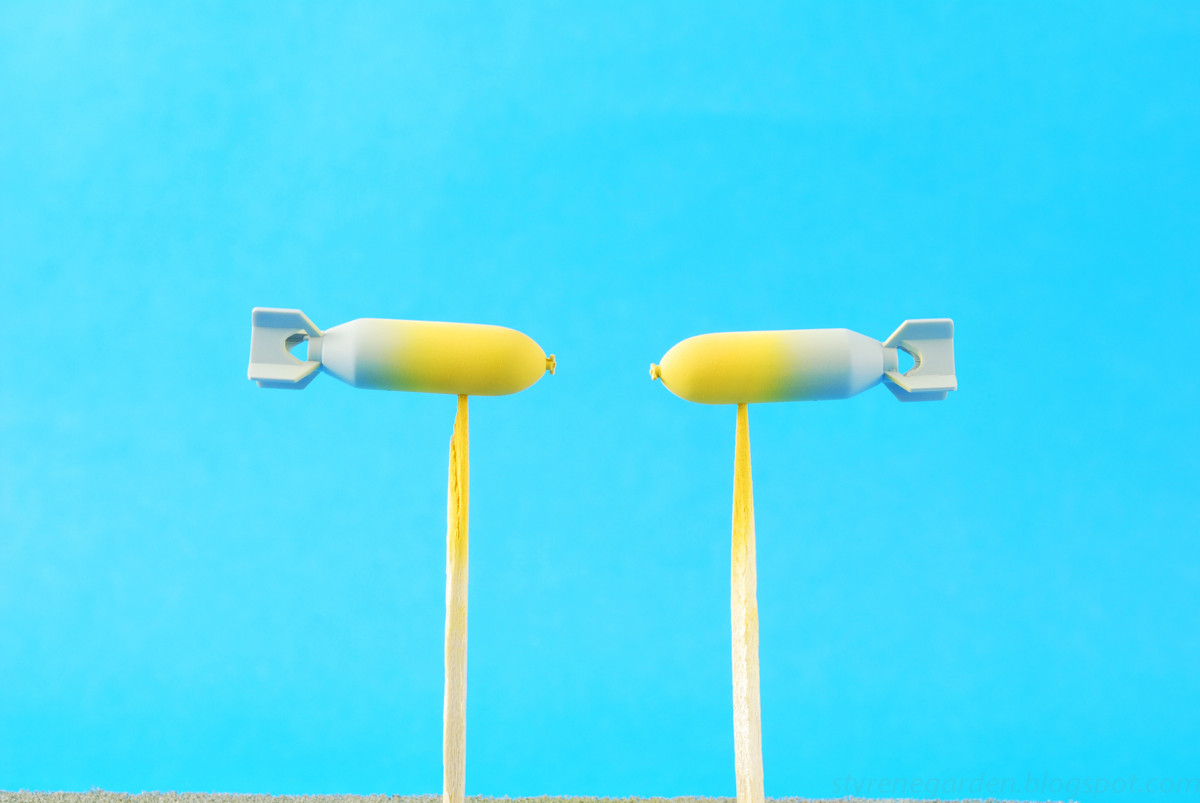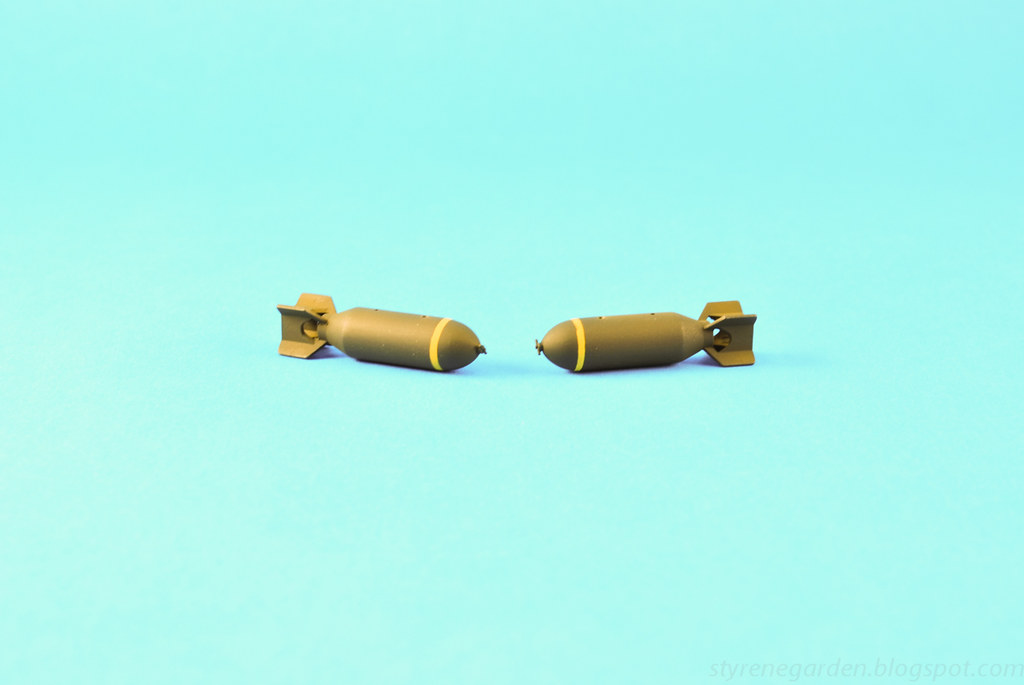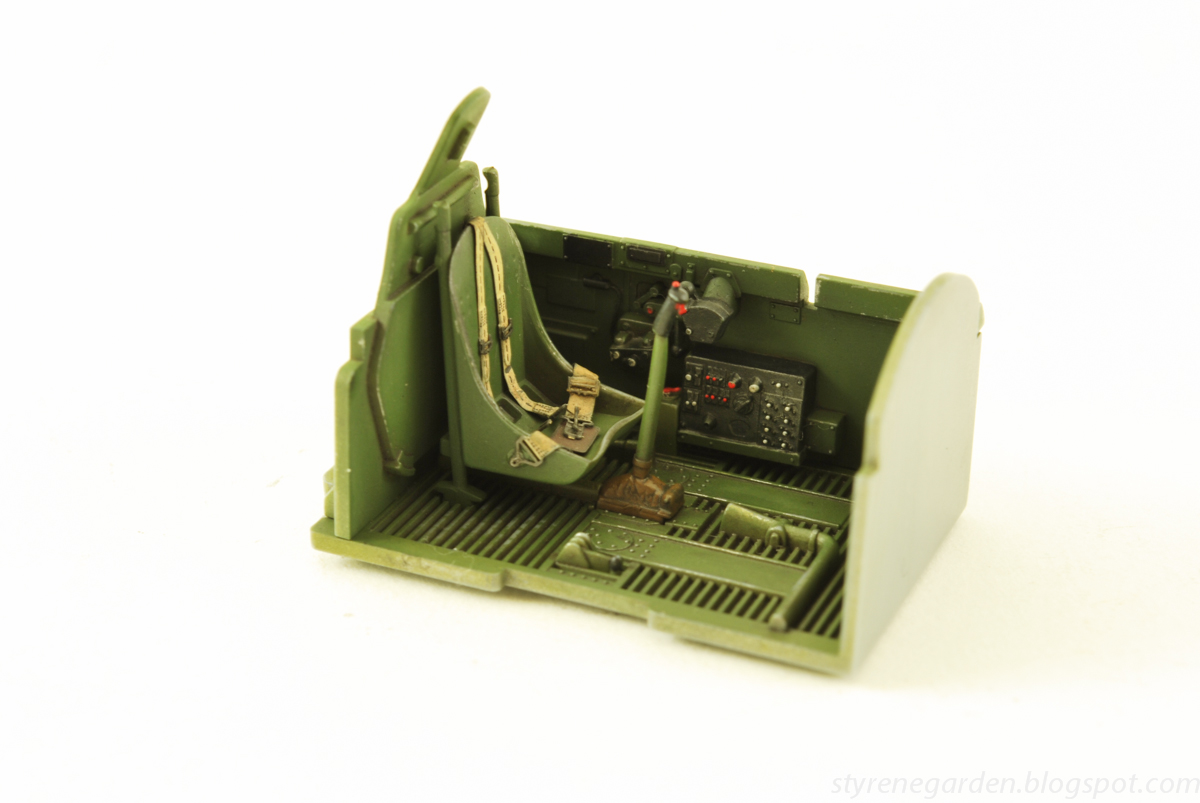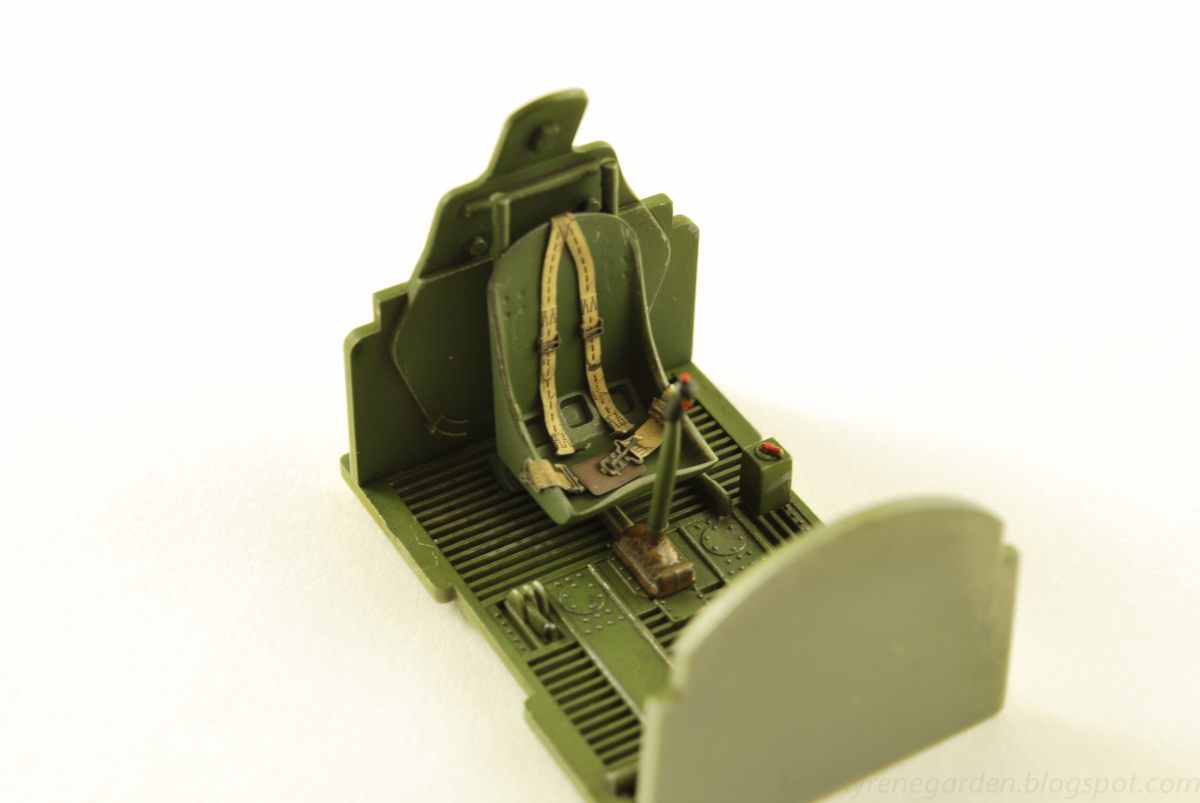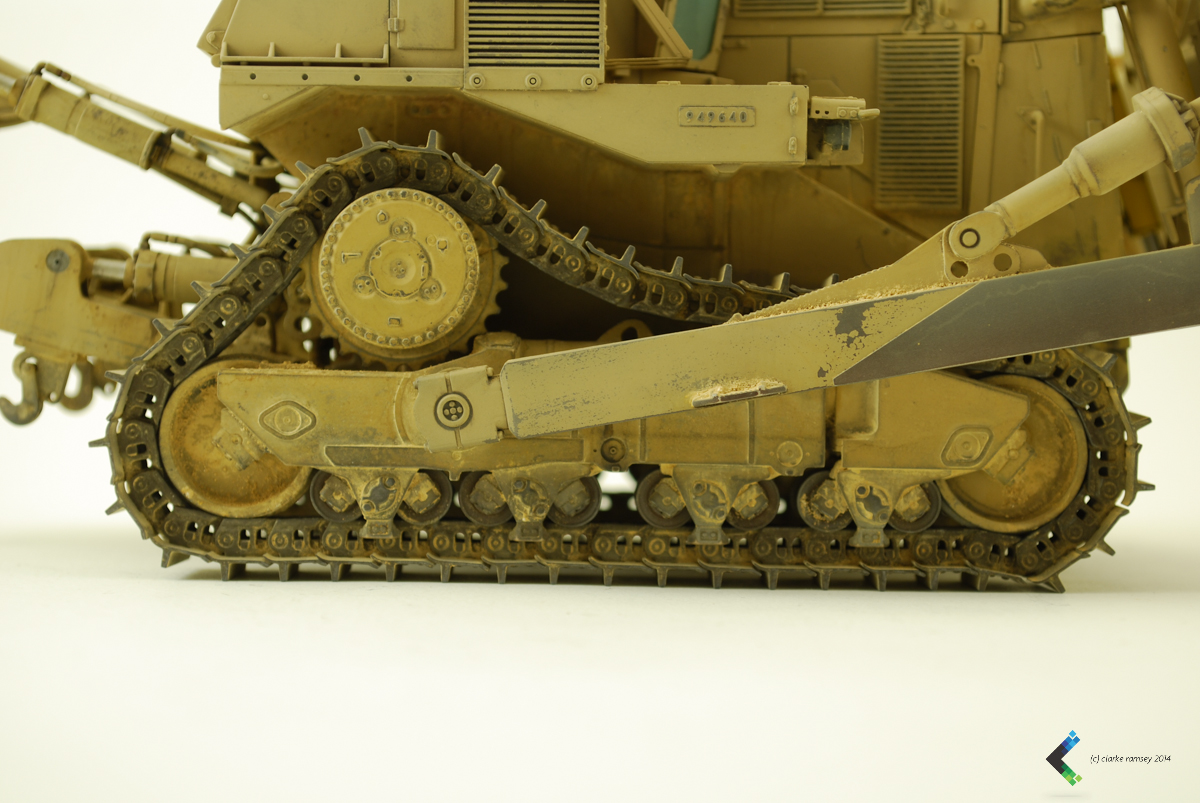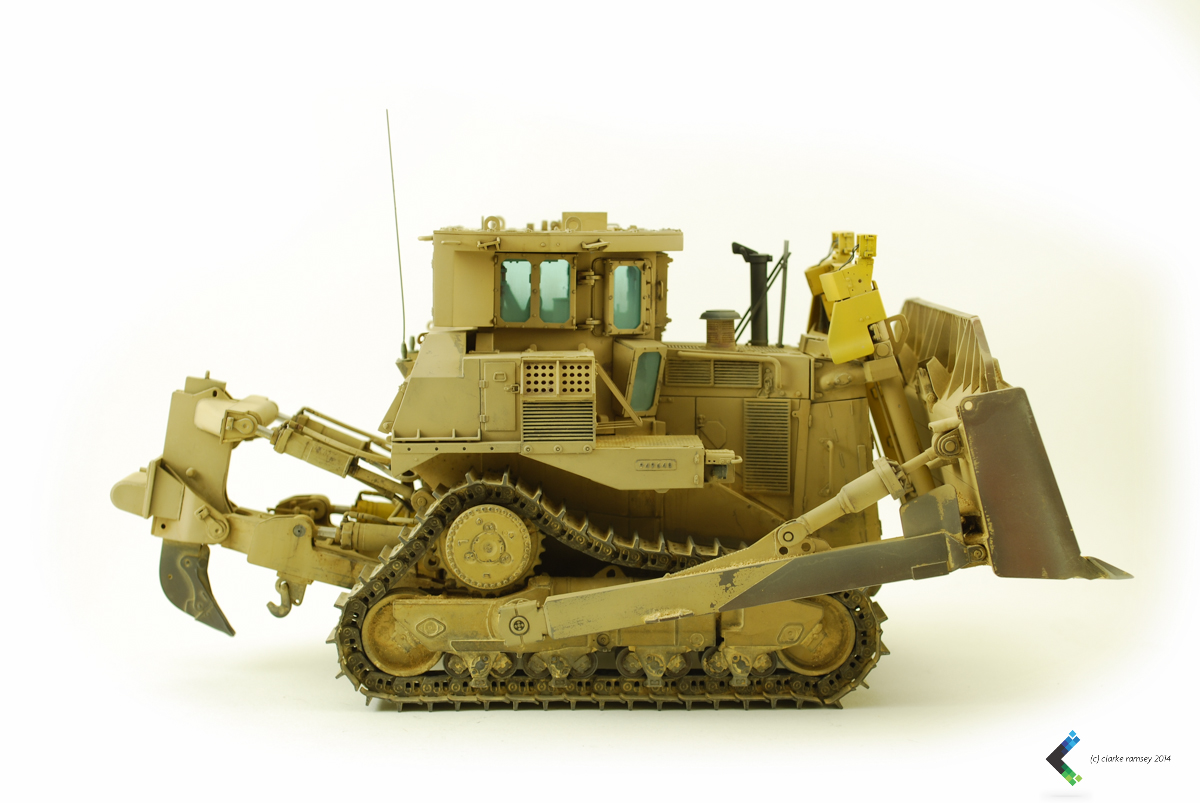Showing posts with label metalizer. Show all posts
Showing posts with label metalizer. Show all posts
Tuesday, November 04, 2014
Tamiya 1/72 Mitsubishi A6M2b Zero Fighter (Zeke)
From the early days of the Second Sino-Japanese War to the end of hostilities in the Pacific, the Mitsubishi Zero served as the Imperial Japanese Navy's main front line fighter. The first major mass-produced version was the A6M2b, which was equipped with 50cm folding wingtips, landing hook, and radio direction finder for carrier-based operations. Flown by expert pilots, the A6M2b took part in daring operations such as the Pearl Harbor attack and the invasion of the Philippines. It's 3,000km range, powerful 20mm cannon armament, and legendary maneuverability quickly earned the respect of Allied aircrews.
There not much to say about this little gem of a kit other than. WOW! It's one of my first 1/72 scale kits that I done in decades. No fit issues at all, reliable Tamiya fit and simple parts with allot of detail. The only aftermarket item was the addition of Eduard pre-cut masks for the canopy.
Painting was as per the instructions with Tamiya paints mixed up. Weathering was with AK washes.
Full photo set available: https://www.flickr.com/photos/cramsey/sets/72157648720157410/
Friday, July 04, 2014
P-51D Mustang Part II
Happy Independence Day!
Two weeks and allot of bits and pieces finally painted up. I've made some serious progress of the Mustang build so far. To start off all of the parts were given a coat of Mr Surfacer 1200 thinned with lacquer thinner and leveling thinner. Next would come the interior green mix. I had planned to use Gunze Interior green premixed. Turned out just a drop or two was in the bottle. Tamiya to the rescue, or should I say..."*&(@#&$#)@#()@&#@#_*@# @#*@&#!!!!"
I spent a good two days trying to mix up the correct shade of interior green for the interior parts. The instructions call for XF-3 (2parts) & XF-5 (1part). That looked too bright of a green for me. Long story made short, its a mix of colors from Tamiya. First I airbrushed the front engine mount with Alclad II Aluminum, masked with tape then sprayed the interior yellow. The details were painted with Vallejo colors and the kit cooling pipes sprayed with various mixed shades of Alclad.
I decided to replicate the plywood floor of the cockpit without the black anti skid textured paint. Some did not have the paint and had some paint just were the pilots boots would meet the floor. A little artistic license is used with the floor make the cockpit look interesting. I started with Tamiya Wooden Deck Tan and then "paint" some oils onto the surface. I usually let the oils dry a hour or two and then use a brush moistened with spirits to remove the excess and make the grain visible. Sealed with Testors Flat cote, then masking of the appropriate areas for the the black and green sections.
The cockpit with painted with my mix of Tamiya Interior Green with details painted in Vallejo and then given a satin cote followed by the interior place-card water slide decals. I've never worked with decals of this size. Extremely thin and virtually no flash or edge visible. I was to use Walters setting solution but that seem too take forever & too much product to work. Micro Set/Sol Setting Solution work much better with these. I usually use a enamel dry-brushing technique, this time I used a acrylic Vallejo dark gray for dry-brushing. In this scale it looks like worn edges but not reflective.
Next was the instrument panel. I used Tamiya Semi Gloss black with did not spray good, just way too thick. To be honest I don't know what went wrong. Stripped and repainted with a mix that "laid down" smoother. I should have removed some of the raised bit on the lower bit of the panel for the decals to go around "not to self for next build." Before I airbrushed the interior green onto the forward read section I used Testors aluminum plate, sprayed green and scratch it a bit with water, brush and a blunt plastic tool for the scratching on the rudder pedals. An mix of AK Interactive enamel washes of dirty brown/grey.
All of the bits n' pieces minus my custom wire O2 hose ( "MIA" ) were painted on toothpicks and weathered lightly just with a Vallejo dry brushing. The pipes and wire are a mix of different size lead fly tying fishing wire and hard wire.
I wasn't happy with the ignition rails I made for the V12. Wire kept popping off and the paint was too thick in places. Remade and I'm still not happy. Just a bit too thick. Most will not even been seen once the exhaust is fitted. I think I'm gonna invest in some more stock styrene and metal for scratch building.
The engine it's self was repainted no less then 5 times. First I tried using straight Tamiya Semi-Gloss black. That looked to glossy. Then a goggle of mixes later, I ended up with a mix of semigloss black and flat black. A very light dry brush of gray and a wash with AK grey/brown mix. I'll add some specific heavy oil stains once the engine is mounted.
My favorite part of this build so far is the forward oil tank and firewall. The return line was made from thick solder wire bent to shape with a pipe connector made from tape strips, over coated with superglue to keep it down. The overfill line is lead wire with connectors made from tape and bent to a "U" shape. Primed in Mr Surfacer 1200, then a cote of Alclad Aluminum. I masked the metal supports and then sprayed Tamiyas' Yellow Green. A was of a mix of AK washes of grey/brown color. I'll add heaver oil drips and spatters once most of the engine bay is filled up with the goodies.
For the pilots seat I sprayed a cote of Metalizer Aluminum Plate followed by my mix of Interior green. Scratched up the usual method and then a very light pin wash of AK enamels.
The seat belts took me some time to figure out how they are constructed. There are no directions, just a final picture on how they are to look. No real issues just take your time. I used a tiny bit of CA glue to secure the ends. These belts are much better than the PE Eduard offering, or rather the kits offering as well. Bending them around the frame allows for a more natural look. The two lap belts were glued into their final positions, while the shoulder belts were left unfixed to position them later when everything done or my make up my mind. I did dirty up the white belts with a bit of sand colored pigment, for a used look.
Two weeks and allot of bits and pieces finally painted up. I've made some serious progress of the Mustang build so far. To start off all of the parts were given a coat of Mr Surfacer 1200 thinned with lacquer thinner and leveling thinner. Next would come the interior green mix. I had planned to use Gunze Interior green premixed. Turned out just a drop or two was in the bottle. Tamiya to the rescue, or should I say..."*&(@#&$#)@#()@&#@#_*@# @#*@&#!!!!"
I spent a good two days trying to mix up the correct shade of interior green for the interior parts. The instructions call for XF-3 (2parts) & XF-5 (1part). That looked too bright of a green for me. Long story made short, its a mix of colors from Tamiya. First I airbrushed the front engine mount with Alclad II Aluminum, masked with tape then sprayed the interior yellow. The details were painted with Vallejo colors and the kit cooling pipes sprayed with various mixed shades of Alclad.
I decided to replicate the plywood floor of the cockpit without the black anti skid textured paint. Some did not have the paint and had some paint just were the pilots boots would meet the floor. A little artistic license is used with the floor make the cockpit look interesting. I started with Tamiya Wooden Deck Tan and then "paint" some oils onto the surface. I usually let the oils dry a hour or two and then use a brush moistened with spirits to remove the excess and make the grain visible. Sealed with Testors Flat cote, then masking of the appropriate areas for the the black and green sections.
The cockpit with painted with my mix of Tamiya Interior Green with details painted in Vallejo and then given a satin cote followed by the interior place-card water slide decals. I've never worked with decals of this size. Extremely thin and virtually no flash or edge visible. I was to use Walters setting solution but that seem too take forever & too much product to work. Micro Set/Sol Setting Solution work much better with these. I usually use a enamel dry-brushing technique, this time I used a acrylic Vallejo dark gray for dry-brushing. In this scale it looks like worn edges but not reflective.
Next was the instrument panel. I used Tamiya Semi Gloss black with did not spray good, just way too thick. To be honest I don't know what went wrong. Stripped and repainted with a mix that "laid down" smoother. I should have removed some of the raised bit on the lower bit of the panel for the decals to go around "not to self for next build." Before I airbrushed the interior green onto the forward read section I used Testors aluminum plate, sprayed green and scratch it a bit with water, brush and a blunt plastic tool for the scratching on the rudder pedals. An mix of AK Interactive enamel washes of dirty brown/grey.
All of the bits n' pieces minus my custom wire O2 hose ( "MIA" ) were painted on toothpicks and weathered lightly just with a Vallejo dry brushing. The pipes and wire are a mix of different size lead fly tying fishing wire and hard wire.
I wasn't happy with the ignition rails I made for the V12. Wire kept popping off and the paint was too thick in places. Remade and I'm still not happy. Just a bit too thick. Most will not even been seen once the exhaust is fitted. I think I'm gonna invest in some more stock styrene and metal for scratch building.
The engine it's self was repainted no less then 5 times. First I tried using straight Tamiya Semi-Gloss black. That looked to glossy. Then a goggle of mixes later, I ended up with a mix of semigloss black and flat black. A very light dry brush of gray and a wash with AK grey/brown mix. I'll add some specific heavy oil stains once the engine is mounted.
My favorite part of this build so far is the forward oil tank and firewall. The return line was made from thick solder wire bent to shape with a pipe connector made from tape strips, over coated with superglue to keep it down. The overfill line is lead wire with connectors made from tape and bent to a "U" shape. Primed in Mr Surfacer 1200, then a cote of Alclad Aluminum. I masked the metal supports and then sprayed Tamiyas' Yellow Green. A was of a mix of AK washes of grey/brown color. I'll add heaver oil drips and spatters once most of the engine bay is filled up with the goodies.
For the pilots seat I sprayed a cote of Metalizer Aluminum Plate followed by my mix of Interior green. Scratched up the usual method and then a very light pin wash of AK enamels.
The seat belts took me some time to figure out how they are constructed. There are no directions, just a final picture on how they are to look. No real issues just take your time. I used a tiny bit of CA glue to secure the ends. These belts are much better than the PE Eduard offering, or rather the kits offering as well. Bending them around the frame allows for a more natural look. The two lap belts were glued into their final positions, while the shoulder belts were left unfixed to position them later when everything done or my make up my mind. I did dirty up the white belts with a bit of sand colored pigment, for a used look.
Next will be to test fit all of the interior and engine parts to check for any issues, I don't anticipate any. For now on to the exhaust and upper cowling and rear radiator.

For more images see the Flickr photo set: https://www.flickr.com/photos/cramsey/sets/72157644762009450/
Saturday, April 26, 2014
Thunderbolt Part II
The Thunderbolt is ready for primer and paint. The major & sub assemblies are completed and airbrushed with Gunze Mr. Surfacer 1200. I cannot stress enough the value of a good, smooth & level primer base. I thin to a very high ratio of thinner (lacquer) to primer, just about the consistency to skim milk.
Spot checking with 2400/4000/12000 grit sanding sticks, all looks good for the upcoming paint layers. My attention turned to the wheel wheels, with a cote of Tamiya XK-4 yellow green. With XF-4 still in my airbrush I added some yellow to the mix for the bands on the 500 lb. bombs. After the yellow band airbrushed I cut a thin piece of FrogTape Delicate Surface tape to cover the yellow.
Then I airbrush Tamiya olive Drab with a bit of Flat green in the mix for the OD paint on the bombs.
Spot checking with 2400/4000/12000 grit sanding sticks, all looks good for the upcoming paint layers. My attention turned to the wheel wheels, with a cote of Tamiya XK-4 yellow green. With XF-4 still in my airbrush I added some yellow to the mix for the bands on the 500 lb. bombs. After the yellow band airbrushed I cut a thin piece of FrogTape Delicate Surface tape to cover the yellow.
Then I airbrush Tamiya olive Drab with a bit of Flat green in the mix for the OD paint on the bombs.
Labels:
1/48,
airplane,
FrogTape,
metalizer,
olive drab,
P-47D,
radial,
Tamiya,
tamiya tape,
tape,
Thunderbolt,
USAAF,
WWII
Sunday, April 13, 2014
Tamiya 1/48 P-47D Thunderbolt
In
May 1941, as the war raged in Europe, a single-engine fighter of more
than 4t made its first flight. This fighter was the XP-47B, prototype of
the Republic P-47 Thunderbolt of which a total of 15683 units will be
built. Thanks to war experience, this aircraft was equipped with a
2000hp radial R-2800 engine, a supercharger and eight 12,7mm
machine-guns. The XP-47B was to reach 633km/h and in January 1942, just
after the USA went to war, the production of P-47B began. It was
followed by the P-47C that incorporated various improvements and, from
April 1943, by the P-47D, the most built version. The P-47D was equipped
with an R-2800-59 engine, which can develop up to 2300hp with combat
emergency water injection system engaged. The ducts that were passing on
the sides and below the cockpit to connect the supercharger placed
behind the pilot's seat gave to this plane its massive aspect. Many
sub-types of the P-47D, designated D-1 to D-40, were produced but the
first versions were called "Razorback" because of their sharp edge
dorsal fin. The D-25 sub-type, which was introduced around June 1944,
was fitted with an electrically actuated bubble canopy in order to
improve pilot visibility and increased capacity fuel tanks. This
decision resulted in a completely remodeled plane shape. All subsequent
sub-types were also fitted with the bubble canopy and became a
characteristic feature of late production Thunderbolts. The P-47
"Bubbletop" proved to be an excellent, well-balanced fighter-bomber.
I decided to clean out my model room and I found this kit half started undernight some of my more recent projects. I first started with a cote of Modelmasters metalizer alluminum for the overcoat of intreior bronze green. I couldn't find the right color so I opted for Gunze H340 Field Green (semi-gloss). I wish more manufactures (cough...Tamiya) would produce semi-glass paint strait out of the bottle. So much easier to work with.
The only photoetch are the seatbelts stolen from annother jug project gone wrong and the side map-case cover.
Chipped with a toothpick and stiff bush the details were picked out with Vallejo paint and given a wash of various grey/brown enamel washes.
The instrument panel dial decals were punched out and a drop of future clear floor wax used to replicate the glass.
Friday, January 10, 2014
Absolute is Absolutly finished...
After a few months of work my Meng D9R Armored Bulldozer nicknamed Absolute is finally finished and ready to be mounted to my HET. This was and is a great project that I enjoyed every second of.
Check out my D9 gallery on Flickr.
Thursday, October 03, 2013
A Rusty, Silvery Hull...
Painting has begun on the hull/running gear of the D9R. Having everything modular and not all glued up helps with the painting. After searching the web for some dirty shots of a D9 I came across these two D9s' getting transported somewhere in Iraq. Somehow my aim is to try to replicate this.
In order for me to replicate this a technique call hairspray chipping will be used. Eventually you use the hairspray as a standoff layer to reveal the underlying layer of paint. First off I started with a very light layer of Mr. Surfacer 1200 primer, followed by a brew of Tamiya paints in rust tones.Then to replicate the worn/polished layer from the sand on the hull I used Model Master Metalizer Aluminum. All pints were thinned with lacquer thinner to a consistency of 2% milk.
More to build, more to follow...
Subscribe to:
Posts (Atom)


